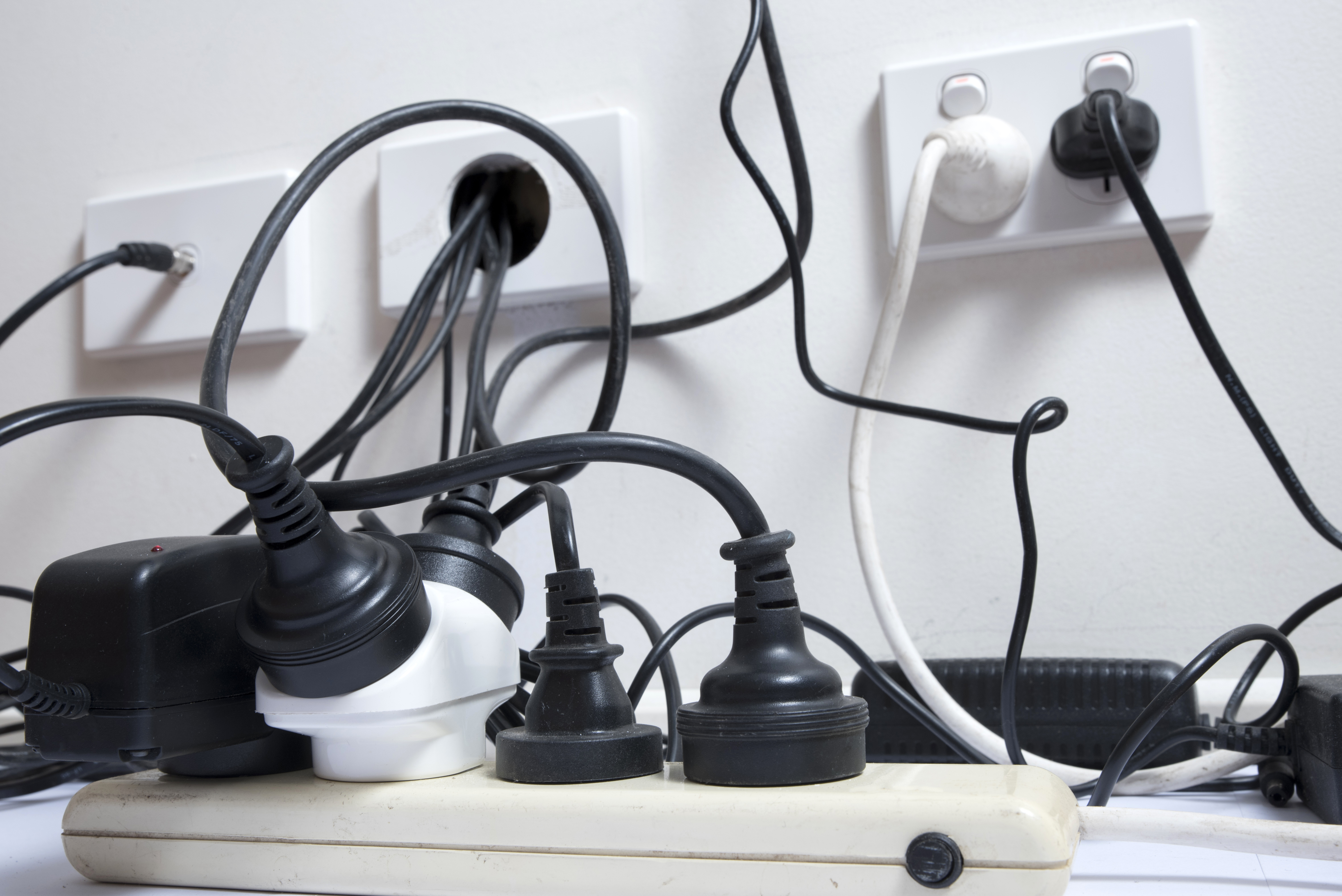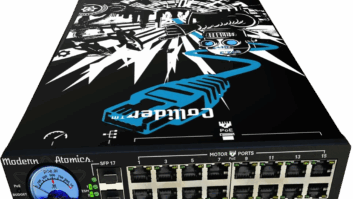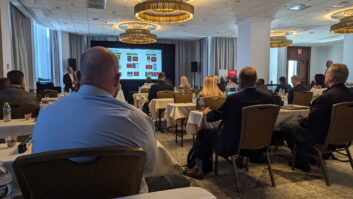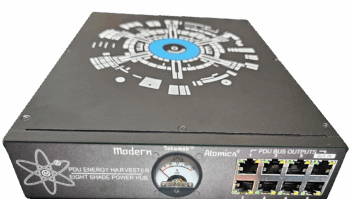
Last week, Energous’ over-air “power-at-a-distance” charging technology received its first FCC approval, leaving both the tech community and investors salivating. Here’s the problem: The approval is more or less meaningless.
It goes without saying that a world without power cables — in which all electronic devices remain constantly charged — would be a dream come true. From our experience, it’s just not possible to send a significant amount of power over distance practically or safely. Our testing revealed that the power output that Energous is contemplating would take at best more than 100 hours, or nearly five days to charge an iPhone X in airplane mode and nearly a month to charge a power tool battery, if ever.
That being said, I believe that this FCC approval will help wireless power become more widespread, just not in the way that benefits consumers directly. My belief is that wireless power will be used for applications that require extremely low amounts of power, such as sending less than 1 watt of power to sensors and IoT devices in commercial environments. Charging a phone while walking around a room is a pipe dream. Enthusiasts and investors should look at the technology’s realistic usability and limitations before buying into the hype.
The Limitations Of Transmitter Proximity
The initial hurdle with Energous’ technology is that the amount of power available to charge devices dissipates exponentially as you get further away from the transmitter; thus, to charge any device from across the room, the amount of power transmitted must be orders of magnitude greater than the device’s ideal charging spec. While staying very close to the transmitter can reduce the power depletion and increase efficiency, it completely defeats the purpose of freedom of movement, which is Energous’ primary value proposition.
The only ways to overcome the dissipation of power would be to increase the strength or focus the direction of the transmitted field. On the one hand, increasing power levels could present severe detrimental human effects and on the other, focusing the direction of the signal would limit the freedom of movement while concentrating the energy to unsafe levels in the focused areas. Due to these safety concerns, the FCC has determined what it considers a safe amount of long term exposure and limited the amount of power that can be transmitted. As long as biological humans are the end-users of the technology, this physical limitation will make this technology impractical.
Slower-Than-Molasses Charge Rates
Today’s devices require a substantial amount of power to charge. Typical devices’ ideal charging rates are measured in watts, not milliwatts (1,000 of a watt). For instance, Apple and Samsung phones charge at 5 to 12 watts, thus a milliwatt signal cannot maintain a charge on today’s phones or other electronic devices. Mathematically, for Energous to charge a phone, it would need to be turned off, stationary and positioned very close to the transmitter before any charging would occur. Other than an interesting concept to discuss around the water cooler, it’s just not practical.
The low-level signal might one day be able to charge a very small device, such as a remote temperature sensor, but anything that requires more than a nominal amount of power would fail to charge reliably, if at all. Simply put, physical limitations and safety concerns make this technology completely impractical.
A Realistic Future For “Wireless” Charging
My engineers have backgrounds in the automotive and industrial radar fields, involved extensive work relating to FCC regulations and safe transmission levels. My team has investigated the various methods and techniques of through-air power transfer and every discussion comes down to safety and exposure, each working against one another when high-power is the requirement.
All that being said, convenient, quick and safe charging for all electronic devices is achievable and in certain applications, available today. FLI Charge has created conductive charging technology capable of providing a theoretically limitless amount of power at both the consumer and infrastructure levels.
As such innovative charging technology is embedded into additional environments, such as commercial offices, cars and planes, as well as mobile devices, such as laptops and power tools, the bright future for accessible power will become a reality.
Cliff Weinstein is CEO and president of FLI Charge, a manufacturer of charging solutions.












